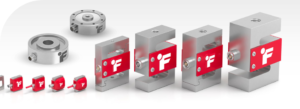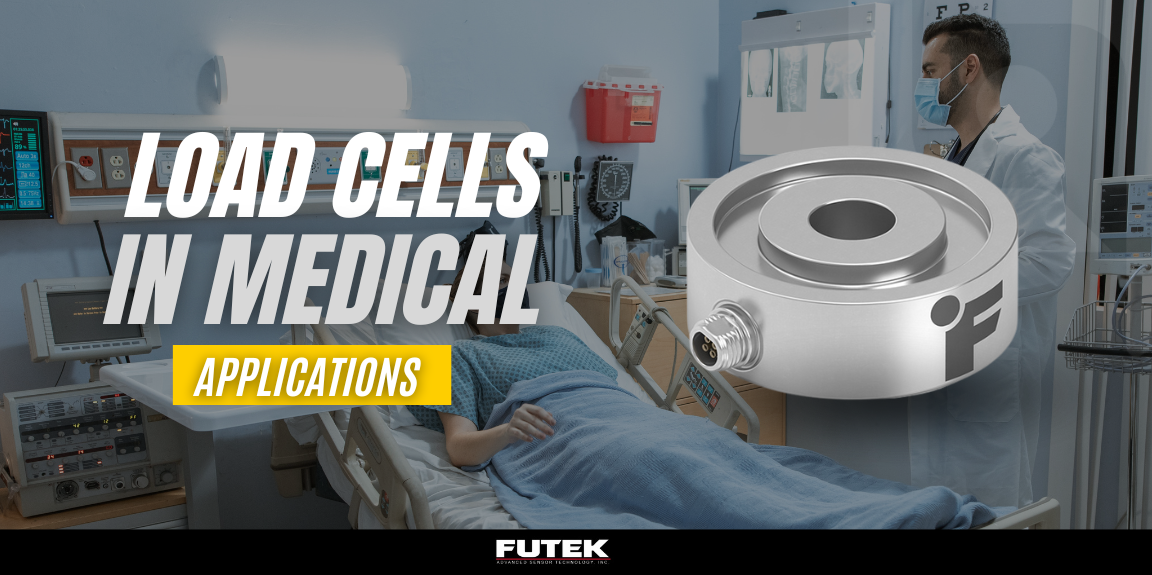Load cells
Load cells are transducers that make it possible to convert the mechanical deformation that one or more applied forces cause in a material. The deflection of materials is captured by small piezoelectric elements called strain gauges, which vary their resistance when deformed. This makes it possible to obtain a voltage signal in mV such that an electrical signal proportional to a force can be attributed with a certain degree of error. Often found in electronic scales, load cells are instruments designed to deform in a controlled manner upon application of a force and convert that force to a voltage signal.


Large-capacity mini-cell
The construction of more compact sensors is an important aspect for the development of technologies applied to robotics, mainly in the medical field. For that reason, Futek has developed the smallest load cell of its kind with a size of only 4×5 millimeters and 0.5 grams but capable of withstanding up to 30 pounds of force. Capable of detecting both tensile and compressive forces, it can be installed by means of its two opposing 0.028-inch diameter, M1 threaded mounting holes.
High accuracy, high resistance, and low power consumption
With an excitation voltage of only 5 V, the cell features a millivoltage output of 0.5 mV/V, ±0.5% output nonlinearity, deflection of just 0.005mm, and a high natural frequency of 98Khz. The latter allows capturing pressure changes at high speed. This cell model is designed for two main capacities: 5 and 10 lb but it is possible to design a custom cell with higher capacity if needed. The QLA414 family cells can withstand 200% overload without damage.

Use of medicine
In laparoscopic surgery, the surgeon only feels when his forceps grasp the instruments. Due to the inability of the tool to provide feedback of the gripping force, it is possible that the surgeon may cause tissue damage by having a low perception of force and applying more force than necessary or applying insufficient force to cause the tissue to accidentally slip during surgery. As a solution to this problem, the implementation of a small load cell can provide a feedback signal to the surgeon of the clamping force his tool is exerting on the tissue.
Given the precision and small size of the instruments involved, the implementation of a load cell becomes complicated. But with Futek’s Nano cells it is now possible to amplify the capacity of these tools by allowing real-time force feedback, which allows the surgeon to apply the exact force in each movement. It is worth mentioning that the cell has to be calibrated according to the type of surgery each time the tool has to be used according to the type of tissue involved.
sales@logicbus.com | support@logicbus.com | +1 619 616 7350 | Start conversation






Load cells are used in medical equipment to measure accurate information and are applied in devices such as baby incubators and bed scales.